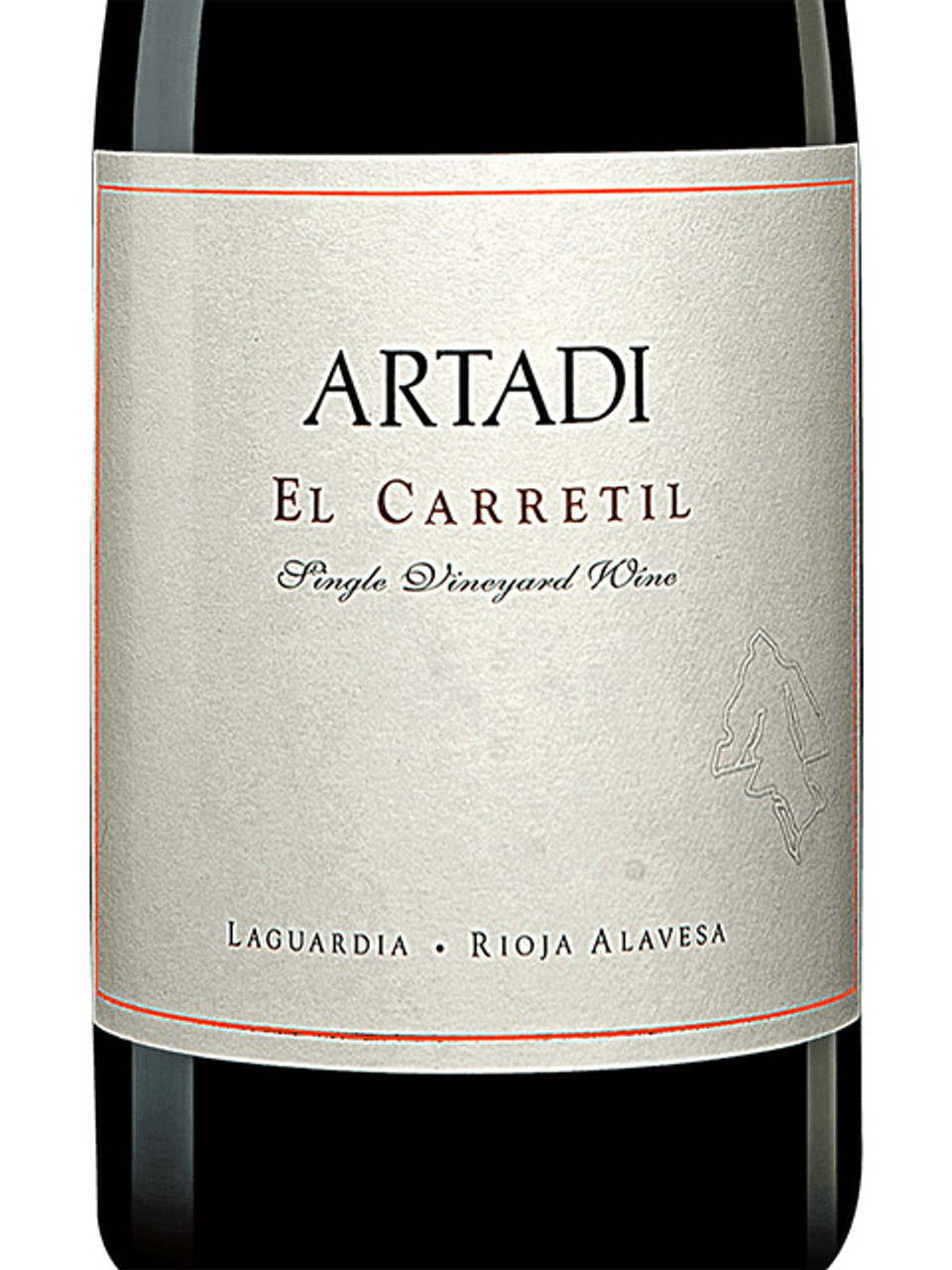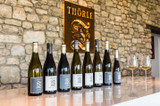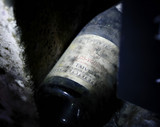May 20th 2025
Unveiling the Richness of Tempranillo: Spain’s Star Red Wine
Tempranillo is the soul of Spanish red wine. Known for its bold character, aging potential, and adaptability across regions, this noble grape has captured the attention of collectors, sommeliers, and wine lovers alike. Whether it's a silky Rioja or a robust Ribera del Duero, Tempranillo consistently delivers wines of structure, depth, and elegance.
In this blog, we explore everything you need to know about Tempranillo: its origins, tasting profile, food pairings, regional expressions, and top bottles to try from WHWC.
What Is Tempranillo? Spain’s Noble Red Grape
Tempranillo is a red grape variety native to Spain and is considered the country’s flagship grape. Its name derives from "temprano," meaning "early," due to its early ripening compared to other Spanish grapes. With a winemaking history dating back to Roman times, Tempranillo forms the foundation of many of Spain's finest red wines.
While Cabernet Sauvignon dominates Bordeaux and Pinot Noir reigns in Burgundy, Tempranillo is the cornerstone of Spanish wine, known for its ability to reflect terroir and evolve gracefully with age. It offers a versatile flavor profile ranging from fruit-forward and fresh to rich and oak-aged, depending on region and style.
Tempranillo’s Regional Expressions
Tempranillo's charm lies in how it transforms across Spain's varied climates and soils.
Ribera del Duero (Tinto Fino)
In Ribera del Duero, Tempranillo is locally known as Tinto Fino. Here, the grape grows at elevations between 2,000 and 3,000 feet, where hot days and cool nights create ideal conditions for ripening. The result? Wines with thicker skins, deeper color, and firmer tannins. Ribera wines are powerful, structured, and age-worthy.
Rioja
Rioja is perhaps the most globally recognized Tempranillo region. Rioja Tempranillos tend to be smoother, with flavors of red cherry, dried herbs, and spice. They're often aged in oak barrels, American or French, adding notes of vanilla, coconut, and toast.
Castilla y León, Toro, and Cigales
Outside the big two, regions like Toro and Cigales in Castilla y León are crafting bold, expressive Tempranillo wines often blended with Garnacha or other local varieties. These areas are gaining international attention for their intensity and value.
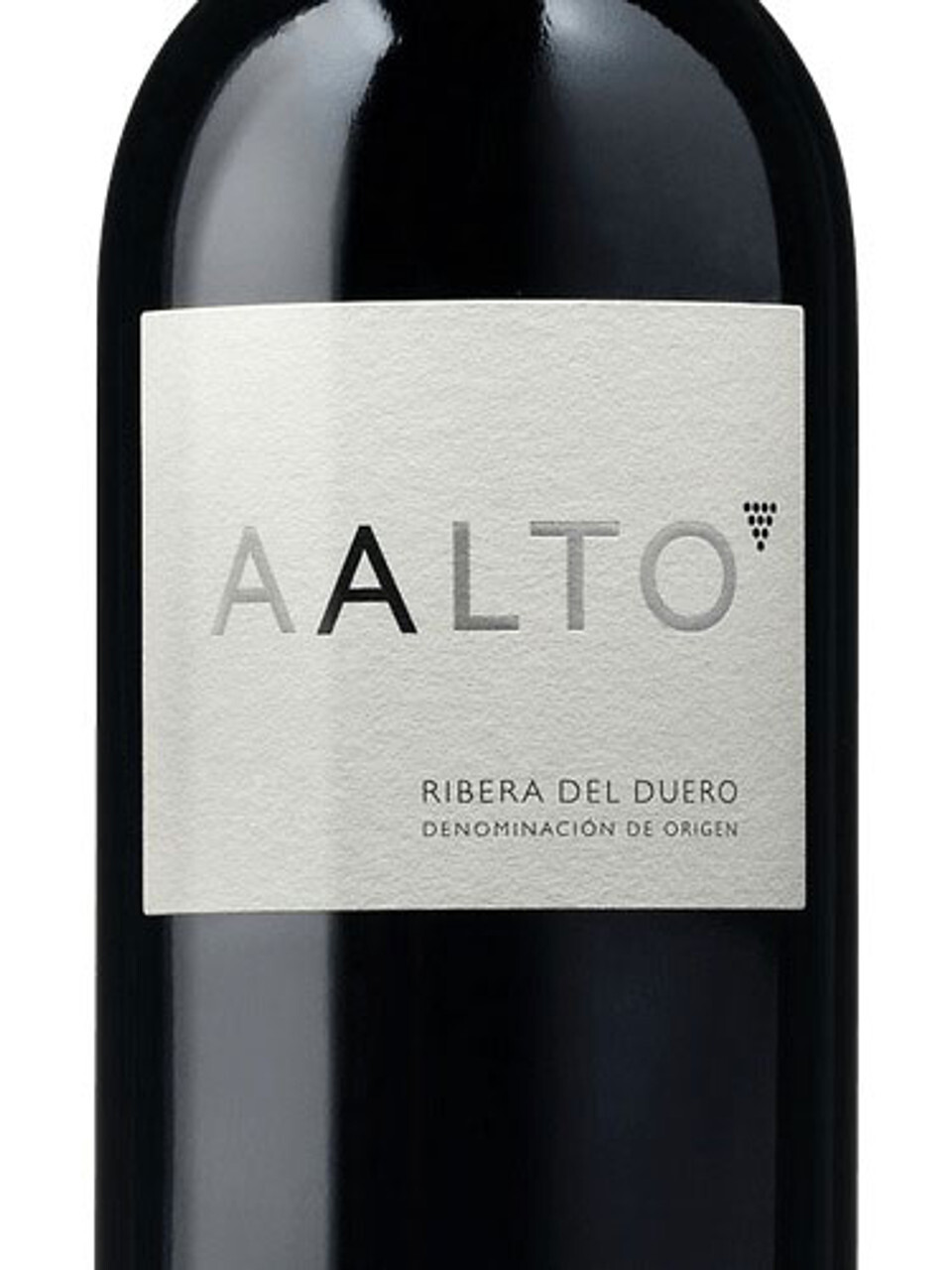
Tempranillo Tasting Notes & Characteristics
Tempranillo is admired for its balance of fruit, structure, and complexity. While styles vary, a typical Tempranillo might offer:
- Aromas: black cherry, red plum, fig, leather, and tobacco
- Flavors: dark fruit, dried herbs, cedar, spice, vanilla from oak
- Structure: medium to full-bodied, moderate to high tannins, and balanced acidity
Aged Tempranillo develops earthy, savory notes, gaining complexity with time. It can age for 10 to 20+ years when stored properly.

Ayala Lete Rioja Viña Santurnia Gran Reserva 2011
Tempranillo/Tinto Fino from Rioja, Spain

La Rioja Alta Rioja Gran Reserva 904 2004 1.5L
Tempranillo/Tinto Fino from Rioja, Spain
Food Pairings That Bring Out Tempranillo’s Best
Tempranillo is incredibly food-friendly, particularly with rich, savory dishes. Here are some pairings that enhance its boldness:
- Grilled lamb chops: The richness balances the wine's tannic grip.
- Manchego cheese: This salty, nutty cheese enhances Tempranillo’s savory qualities.
- Chorizo paella: Smoky, spicy meats bring out the depth of the wine.
- Mushroom risotto: The umami mirrors the earthiness in aged Tempranillo.
- Roasted game: Duck or venison pair well with the wine’s structure.
- Hearty stews: Perfect for slow-cooked comfort dishes.
WHWC’s Recommended Tempranillo Wines to Try
At Woodland Hills Wine Company, we carry a curated selection of top-tier Tempranillo wines. Here are three must-try bottles:
Vega Sicilia Único
This legendary wine from Ribera del Duero is powerful, complex, and endlessly layered. Expect aromas of cassis, graphite, and wild herbs. An investment-worthy bottle for serious collectors.
Emilio Moro
A versatile and accessible Ribera wine. Rich red fruit, spice, and balanced tannins make it perfect for everyday enjoyment or special dinners.
Shop our full Spanish Wine Collection to explore more.
How to Store and Serve Tempranillo
To enjoy Tempranillo at its best, follow these expert storage and serving tips:
- Storage: Keep at a consistent 55°F in a dark, humidity-free space.
- Serving Temperature: Aim for 60–65°F. Avoid serving too cold or too warm.
- Decanting: Young bottles (<10 years) benefit from at least 45 minutes of decanting. Older wines require gentler handling.
- Glassware: Use a large Bordeaux-style glass to allow full aeration.
Proper serving enhances flavor, aroma, and mouthfeel, essential for getting the most from your bottle.
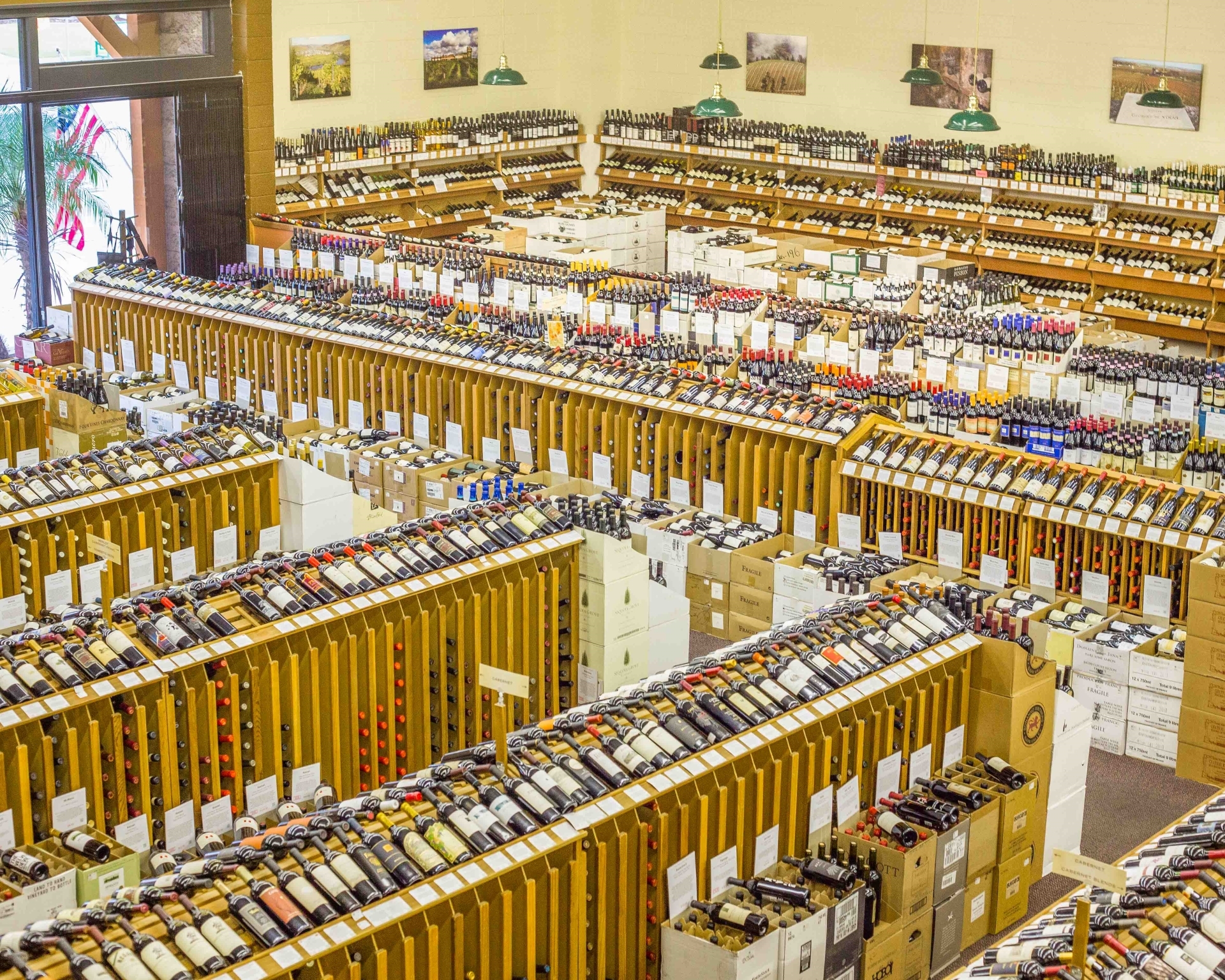
Why Tempranillo Belongs in Your Cellar
Tempranillo is rapidly gaining global recognition for its elegance and longevity. Whether you’re building a cellar or looking for a dinner-party stunner, Tempranillo offers world-class quality with outstanding value.
As its prestige continues to grow, availability will shrink, and prices may rise. Now is the time to explore the depth, versatility, and soul of Spain’s most iconic grape.
Raise a glass to Tempranillo, a red wine that tells a story with every sip.
Related Products

Marqués de Murrieta Rioja Finca Ygay Reserva 2020
Tempranillo/Tinto Fino from Rioja, Spain
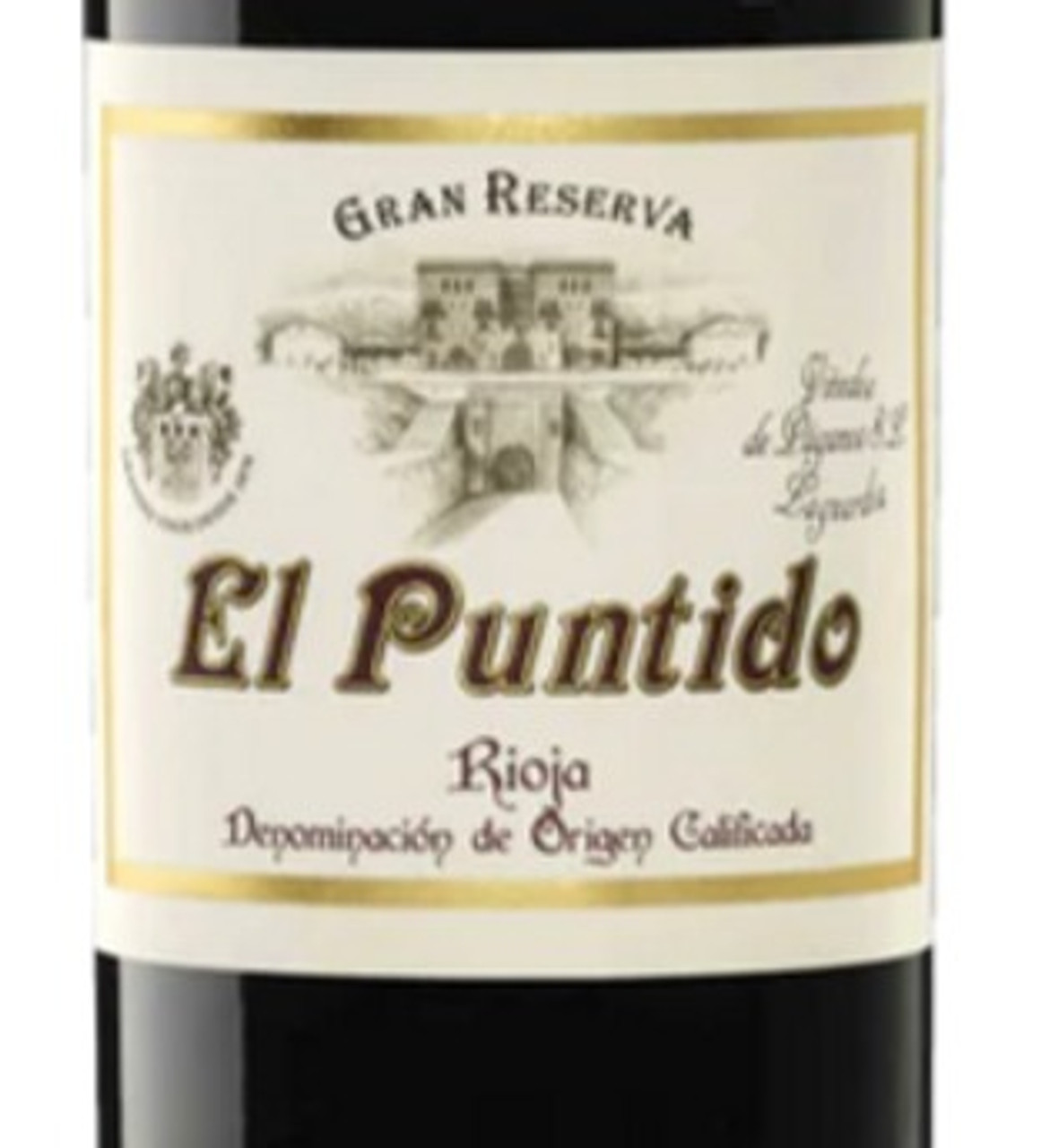
Viñedos de Páganos Rioja El Puntido Gran Reserva 2011
Tempranillo/Tinto Fino from Rioja, Spain



